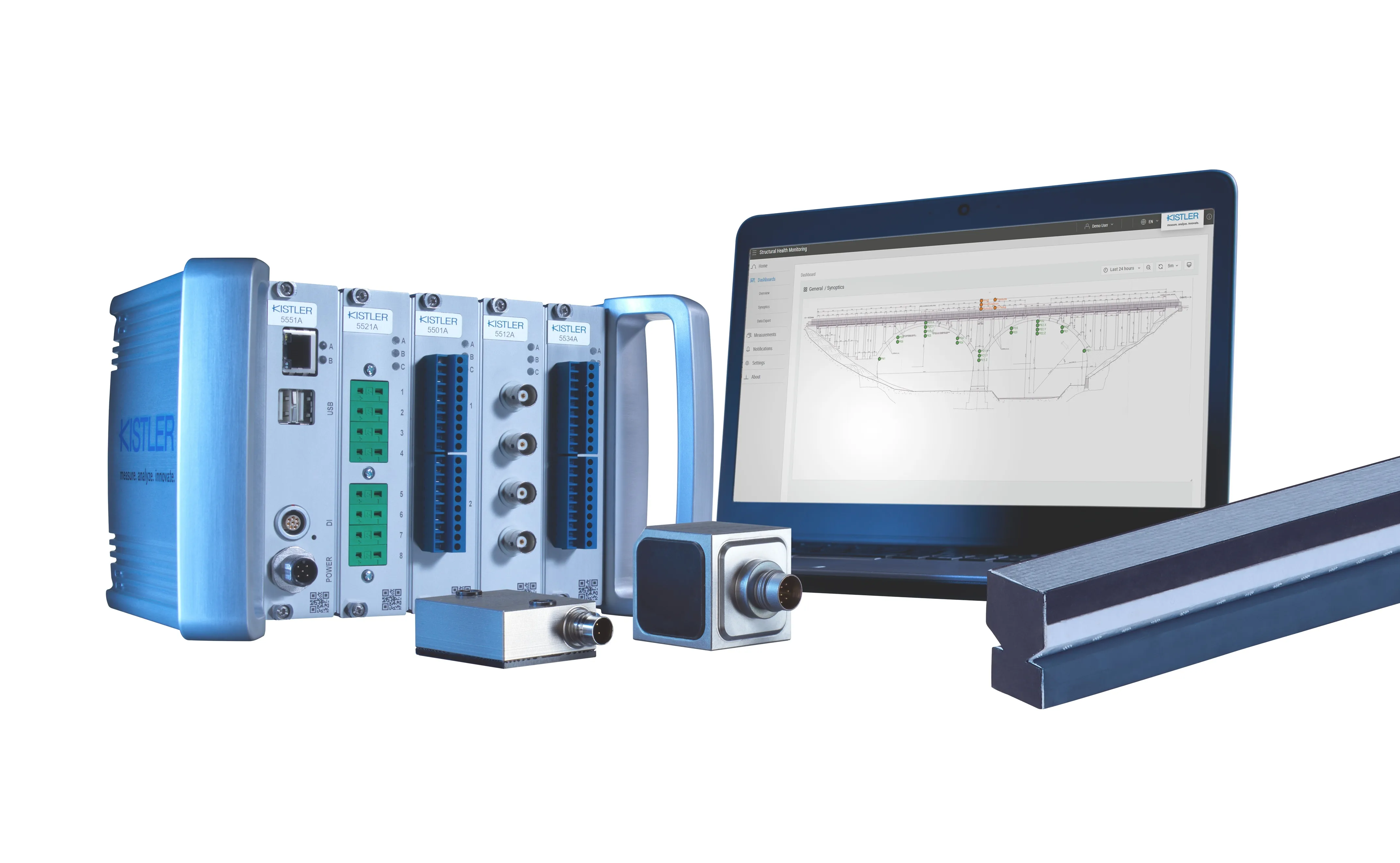LifeSpan Technologies, a specialist in advanced structural condition assessment solutions for civil infrastructure, has announced the commercial availability of its newest PeakStrain sensor, allowing rapid and accurate evaluation of bridge conditions after a seismic event.
February 6, 2012
Read time: 1 min
Visual inspection techniques have been used to assess the condition of bridges for decades, both in the US and many other countries. However, engineers in the US and Japan know that visual inspection is subjective, highly variable, and not sufficiently reliable for long-term bridge management. It is also slow and can be costly if bridges have to be visually inspected after each seismic event.
LifeSpan's new extended range PeakStrain sensor will be used by Japan Railways on the Shinkansen, a vital link across the country, to monitor lateral displacement of bridge members as a result of seismic activity. The device will allow Japan Railways to quickly determine if Shinkansen bridges can continue to be used or must be shut down to protect passengers and railway equipment.










